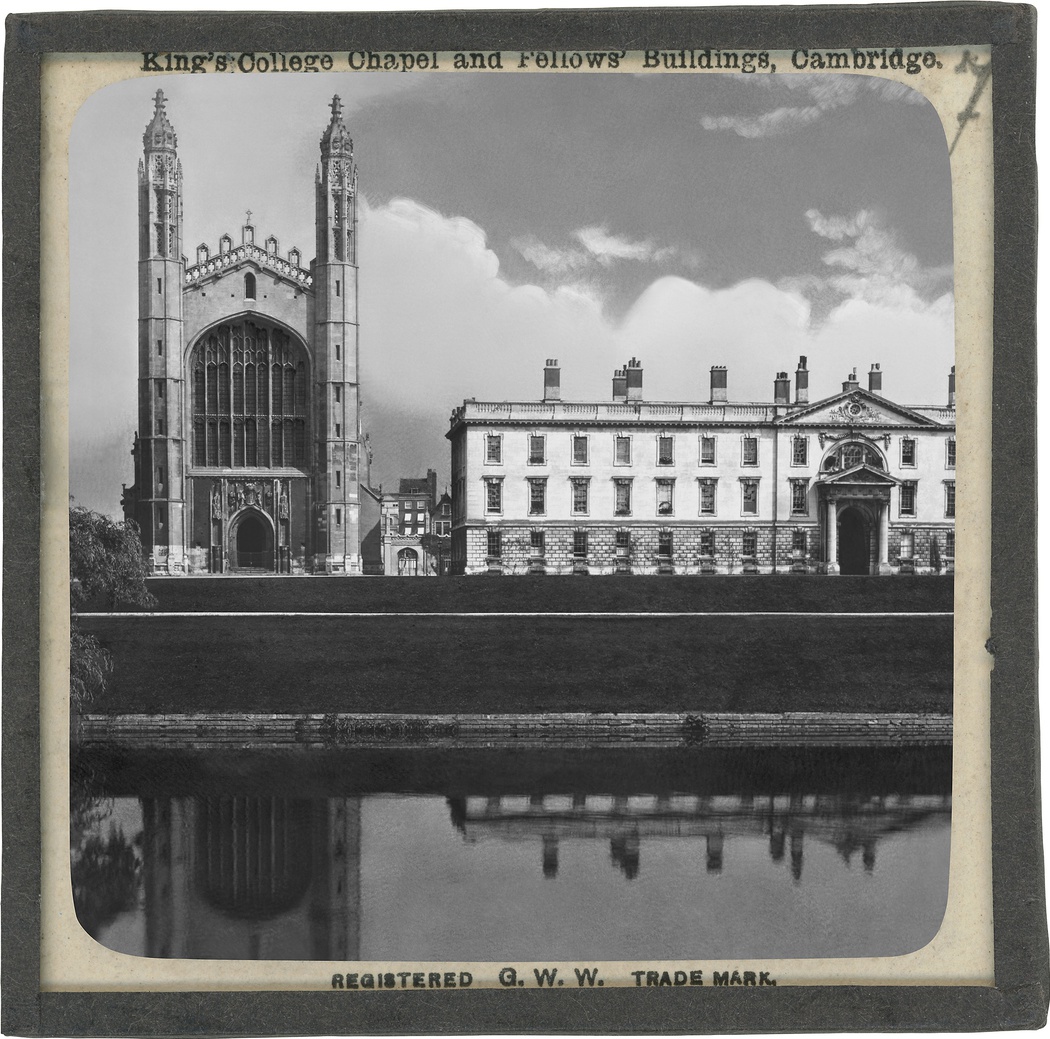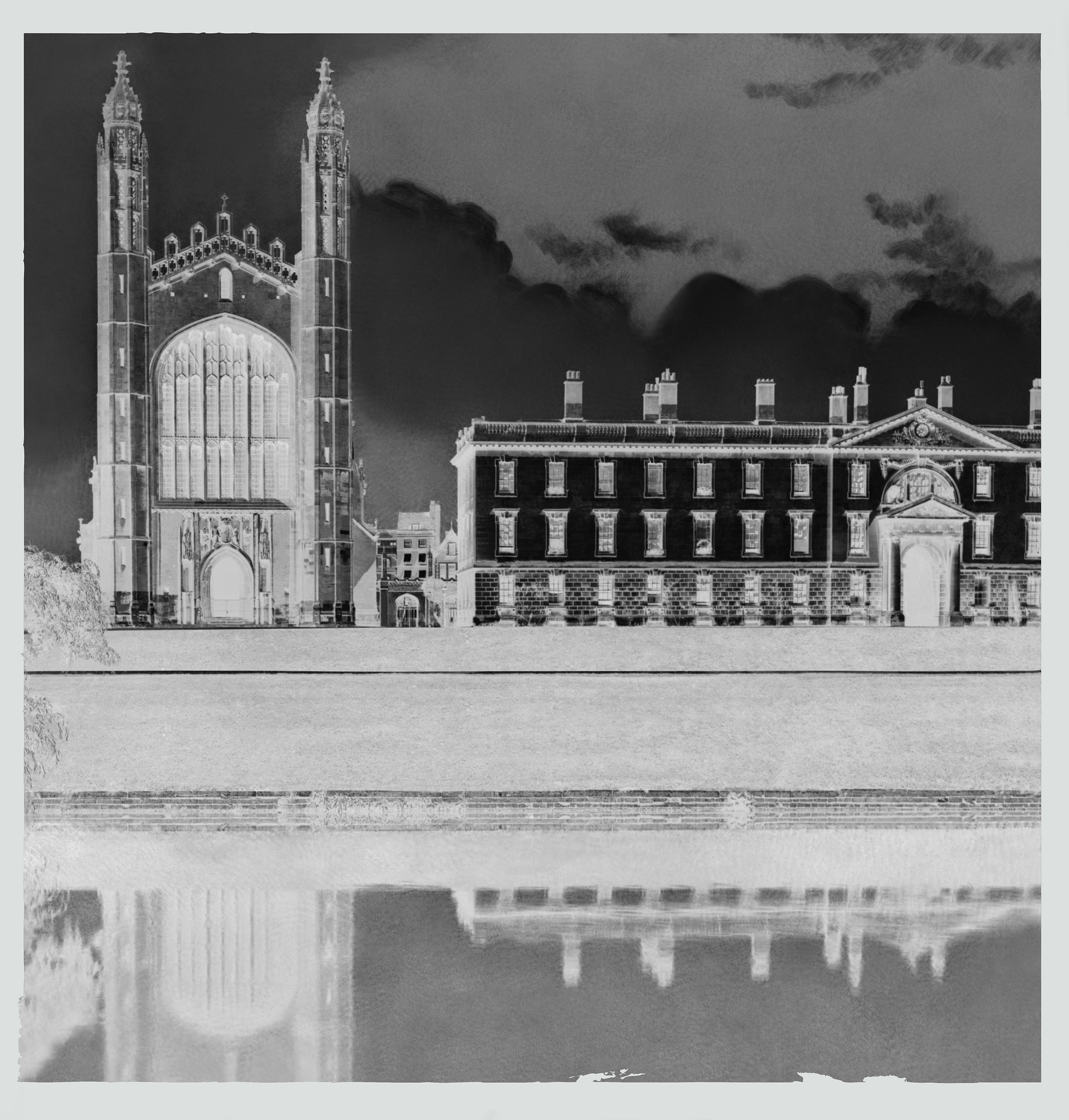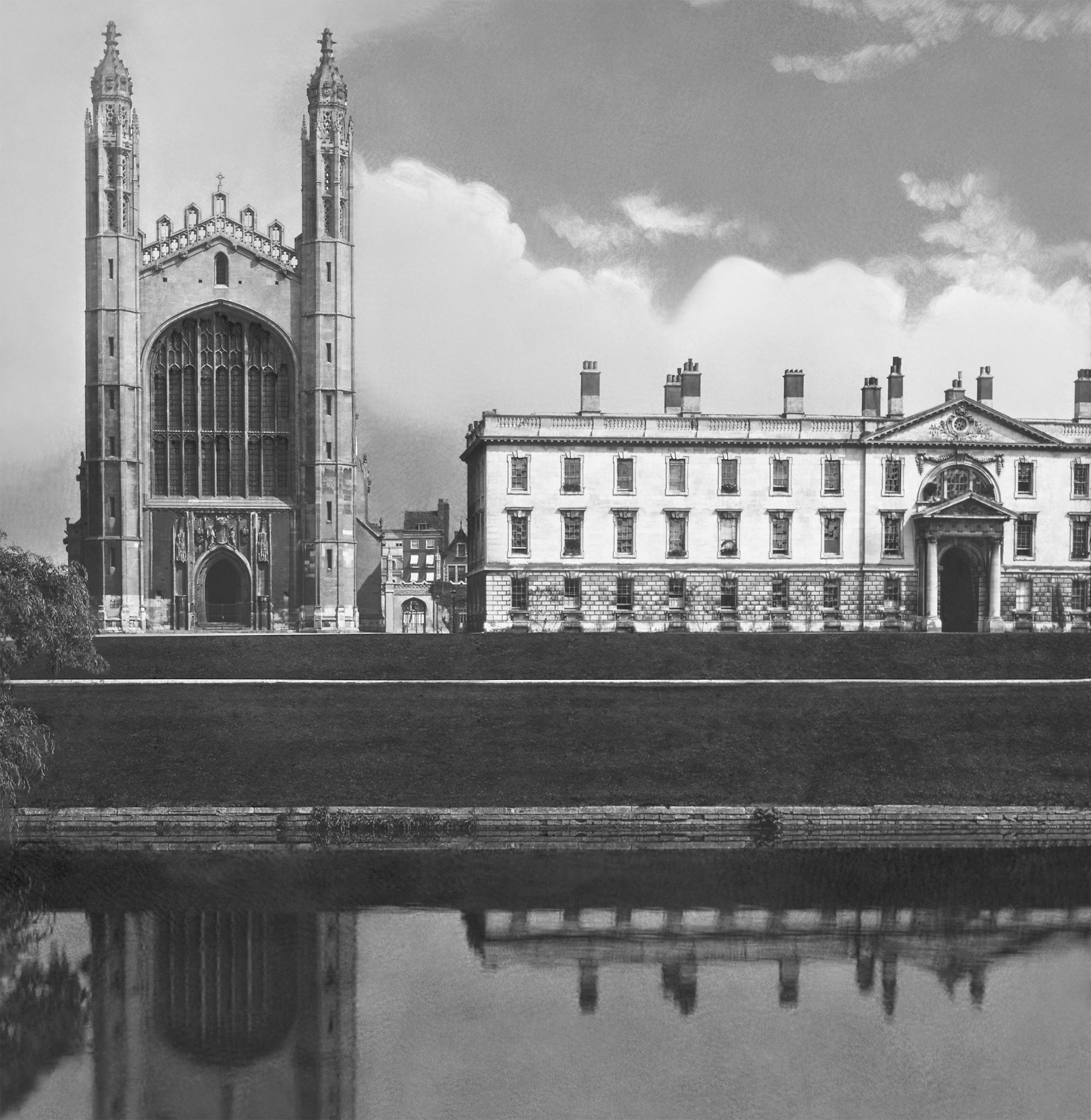
A photographic magic lantern slide is a positive photograph on glass, which has been copied from a glass plate negative, for the purpose of projecting it for display using a ‘magic lantern’, the predecessor of the slide projector. Images were projected using a candle flame, and later a gas lamp. They were common in the late 19th and first half of the 20th centuries.
A sheet of glass was coated with an emulsion of light-sensitive silver salts in gelatin, and then exposed to light through the original glass plate negative, and then developed out – that is, made visible in a chemical reducing solution resulting in a positive transparent image with exceptional detail and a rich tonal range.
To protect the image whilst it was handled and projected, a second piece of glass was placed over the positive image, and the two pieces of glass were held together at the edges using tape. Magic lantern slides were often titled and numbered for the narrator introducing them to their audience. Lantern slides were used for home entertainment and public lectures, and they were displayed in photographic exhibitions.
Noted American photographer Alfred Stieglitz (1864-1946) made lantern slides throughout the 1890s. He published numerous articles on how to create more effective lantern slides and frequently exhibited them at camera clubs.
In this example, the magic lantern slide above is made from this glass plate negative shown below...

Here, below, is the scan from the positive image of the magic lantern slide...

King's College Chapel & Fellows' Buildings, Cambridge by George Washington Wilson